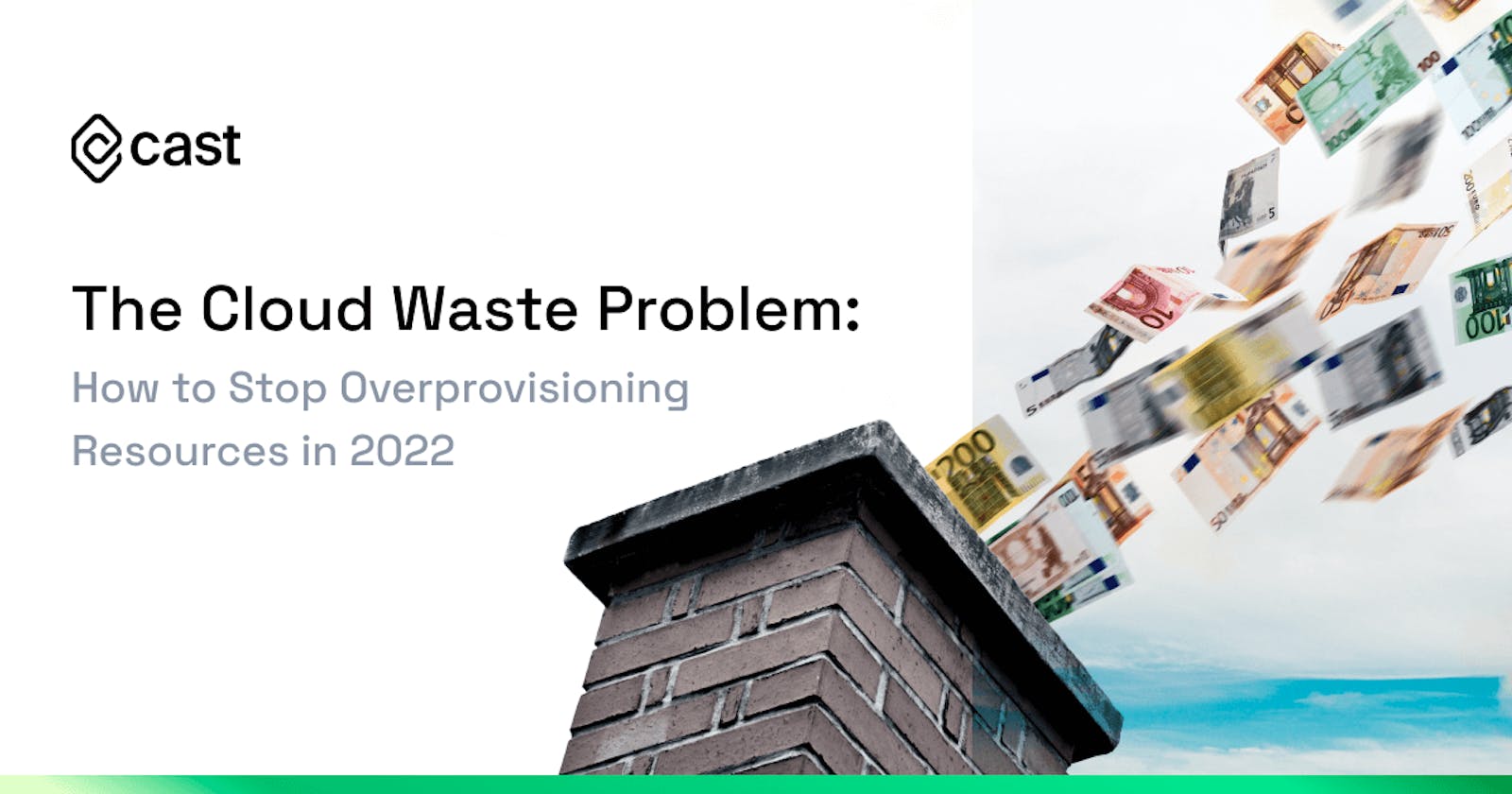With the public cloud adoption increasing year over year, companies will spend nearly $121.6 billion in IaaS (Infrastructure as a Service) in 2022 from AWS, Azure, Google, and other cloud service providers.
To put that into context, that is the market capitalization of PayPal ($120.8 billion) or Boeing ($121.86 billion).
As teams lift and shift or develop new applications in the cloud, they rarely pay attention to costs. What they want is to sleep well at night - and if that takes overprovisioning, then so be it.
But these teams are missing out on one decisive way to deliver a high level of performance and reduce costs at the same time: automated optimization.
Let’s take a closer look at how the tech industry approaches the cloud waste problem and what lessons we can all learn from that.
Cloud computing growth in 2022
The more cloud resources you use, the more likely you will miss the mark when provisioning them. Things tend to get complicated once you start using multiple instance types across two or more cloud providers.
And this issue is only going to become more critical because teams around the world are moving to the cloud or building more on it. Gartner predicts that in 2022 public cloud services will grow by over 23.9% as an entire market (this includes SaaS, IaaS, BPaaS, and other services).
SaaS makes up the most significant segment in public cloud spending, growing from $120.7 billion in 2020 to $171.9 billion in 2022 (42% growth over two years). IaaS makes up its fastest-growing segment - increasing from $64.2 billion in 2020 to $121.6 billion in 2022 (a smashing 189%!).
We estimate that two-thirds of enterprise IaaS costs derive from memory and compute. This means that in 2022, enterprises will spend roughly $81 billion on compute resources from the major cloud providers.
The volume of Kubernetes cloud waste
After the donation of Kubernetes to the CNCF by Google, we saw a significant shift in the enterprise market to adopt this as the container technology of choice.
We find that many companies rely on their cloud providers to manage their Kubernetes infrastructure, often using managed services such as Amazon EKS, Azure AKS, and Google GKE.
The larger operators of K8s tend to host the service on their own - for instance, PayPal.
Many customers who analyzed their utilization with our platform found that their Kubernetes infrastructure is overprovisioned by even 30%!
Why do so many teams leave cost optimization out of the equation before costs become too much of an issue?
Optimizing cloud resources for Kubernetes is no small feat
The top reason enterprises are late in their optimization efforts is that they have too many manual processes.
Many cost optimization challenges revolve around understanding where costs come from via accurate observability and reporting.
For teams running Kubernetes, cloud costs often become a black box.
Facing so many different available OSS options to help manage their Kubernetes infrastructure, the process of bringing all the cost data together becomes tedious and time-consuming.
Another challenge arises because of how Kubernetes works. Since it’s a fair system, it provisions equally across all the clusters and the underlying virtual machines.
Companies that analyze their Kubernetes spend with CAST AI are overprovisioning applications by 30%.
Where does all of this overprovisioning come from?
Here’s one good source: 44% of cloud spend covers non-production resources. Since they’re needed only during the 40-hour workweek, they’re often left idle for other 128 hrs (76%) during one week. Given that you pay for compute resources by the minute or second, a large portion of the time these resources are being paid for but not used.
If we combine this finding with the cost of the public cloud, it means that in 2022, companies will waste $27.1 billion on idle cloud assets.
Another study showed that 40% of instances are at least one size larger than needed. You can slash the cost by 50% by reducing an instance by one size. Downsizing by two sizes saves 75%.
Considering the public cloud spend for 2022, we estimate that companies will waste $16.2 billion on overprovisioning.
If you add up idle resources and overprovisioning, that equals roughly $43.3 billion enterprises will throw away in IaaS cost in 2022!
This equates to the market capitalization of Chipotle ($42.7 billion), Sysco ($42.39 billion), or Hilton ($41.98 billion).
Take the first step to reducing cloud waste
Rightsizing cloud resources or scaling them down when not needed are two intelligent methods teams use to reduce their cloud bills.
These approaches were historically time-consuming. They required team members to constantly watch their cloud infrastructure and analyze the massive provider offer to find virtual machines of the right size and type.
Now teams can avoid this problem thanks to automation.
A solution like CAST AI allows teams to focus on higher priorities, reclaim a healthy portion of the cloud bill, and return your most valuable asset: time!
Start by finding out how much budget you could save with automated cloud capacity management.
Give CAST AI a try by running a free savings report here.
Or take a look around the CAST AI platform by booking a demo.

